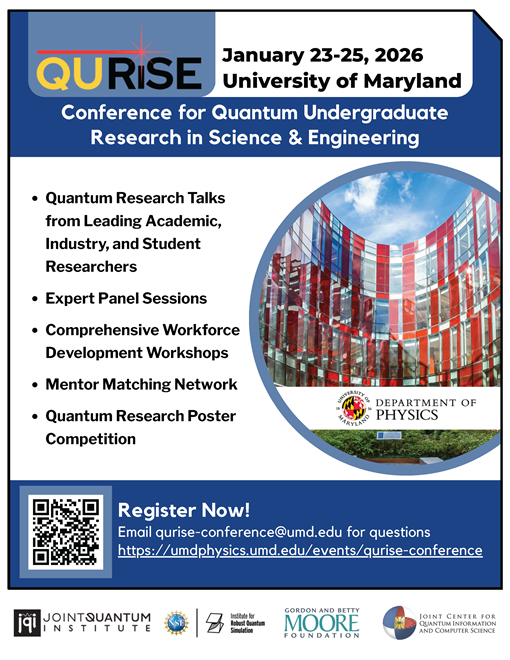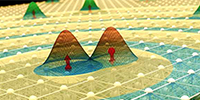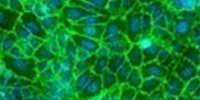David Thompson, NASA Goddard
February 5
Gamma rays, the most energetic form of electromagnetic radiation, reveal extreme conditions in the Universe. The Fermi Gamma-ray Space Telescope has been exploring the gamma-ray sky for more than four years, enabling a search for powerful transients like gamma-ray bursts, novae, solar flares, and flaring active galactic nuclei, as well as long-term studies including pulsars, binary systems, supernova remnants, and searches for predicted sources of gamma rays such as dark matter annihilation. Some results include a stringent limit on Lorentz invariance derived from a gamma-ray burst, unexpected gamma-ray variability from the Crab Nebula, a huge gamma-ray structure associated with the center of our galaxy, and a possible constraint on some WIMP models for dark matter.
-------------------------------------------------------------------------------------------------------------------------------------------------------------------------------------------------
Colloquia are held Tuesdays in Room 1410 at 4:00 pm (preceded by light refreshments at 3:30). If you have additional questions, please call 301-405-5946.


















